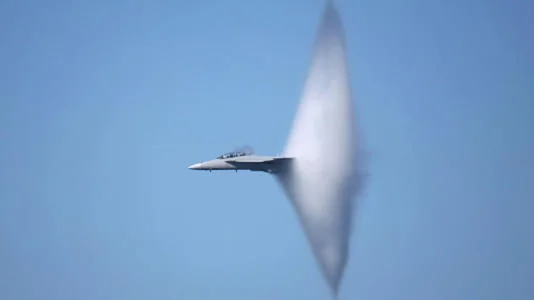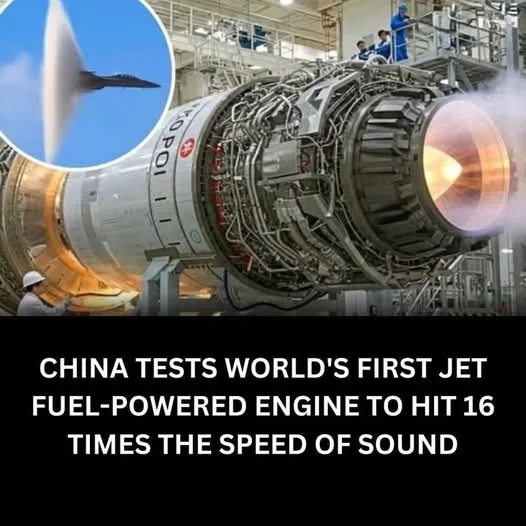In a major leap forward in the field of hypersonic flight, China has announced that an engine developed by it has shown to reach an operational capability of Mach 16 in tests.

The oblique detonation engine (ODE) which runs on common kerosene for aviation has achieved the performance in a series of tests performed at the JF-12 shock tunnel in Beijing.
The JF-12 shock tunnel can duplicate true hypersonic flight conditions, and is one of the largest and most advanced of its kind in the world. It comes under the Institute of Mechanics at the Chinese Academy of Sciences (CAS).
The scientists from CAS stated that they were able to achieve prolonged oblique detonation waves using the RP-3 jet fuel.
The tests resulted in combustion rates 1,000 times faster than common scramjet engines, as per a report by the South China Morning Post. The operational capability, as reported by them, is between Mach 6 and Mach 16.

China’s engine for hypersonic flight
Mach 16 speed is roughly equivalent to 12,276 miles per hour (19,756 km per hour).
During the tests, the scientists report that they were able to ensure travel only at speeds of Mach 9 for about 492 feet (150 meters). Due to the constraints of power requirement, the JF-12 wind tunnel only allowed continued operations for 50 milliseconds.
However, even in this short instant the scientists used technology to understand how the ODE’s ignition and other key tech performed at hypersonic speeds.
According to the SCMP report, the new engine variant has an 85 percent shorter combustor than a common scramjet engine. The scientists believe that this will help in slashing the weight of the aircraft and also contribute to extending the flight range.
One of the key factors behind ODE’s effectiveness is its ability to use the shock waves as a friend – for boosting combustion. This is in stark contrast to the traditional scramjet engines which have flame-out risks at super high speeds.
The SCMP report states that the scientists placed a 5mm bump on the ODE’s combustor wall – which helped in inducing self-sustained shock wave-fuelled explosion.
At the peak of testing phase, the engine revealed that it is capable of producing even more thrust at high speeds.
Pre-compressed fuel for ODE
The scientists tried a new way to ensure that the long ignition delays that are usually associated with RP-3 kerosene could not hamper the performance.
The CAS team pre-compressed the RP-3 kerosene to 6,380 degree Fahrenheit (3,527 degree Celsius) before the test. They also used wing-shaped struts to boost the fuel spread speed.
This test will go a long way in realizing China’s dream of having an aircraft that can travel at Mach 16 speed by 2030. It will also help the country’s military boost its arsenal of hypersonic weapons, missiles, and even drones – which are low-cost.
Earlier in 2023, Chinese scientists had claimed that they have developed the ‘world’s most powerful’ hypersonic engine that could reach Mach 16 speeds. Back then, they had stated that the air-breathing engine would be able to carry an aircraft to 18.6-mile (30 km) altitudes and travel around Mach 16.
Russia, and US are also in the race for developing more and more advanced hypersonic speed capable weapons and aircraft. China, however, is making rapid strides in the technology space and could come up with new surprises quite soon.
The report has been published in the Journal of Experiments in Fluid Mechanics in China.
Source: msn.com





